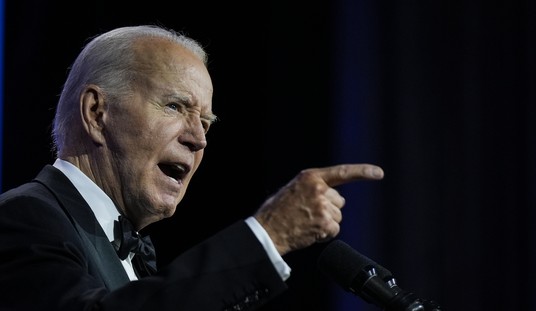Kansas is ranked second in the nation behind Montana for wind energy potential, a fact which should have environmentalists jumping for joy. Instead, they’re trying to block the construction of transmission lines to wind farms in south central Kansas and north central Oklahoma.
Why? Well it all has to do with the lesser prairie chicken. According to a story by the Hutchinson News in February of this year, ranchers and wildlife officials in the area are teaming up with groups like the Sierra Club to block the construction of the lines, which would apparently run through prime breeding territory for the bird. Studies by Kansas State University show the birds will not nest within 400 yards of a power line, and the counties through which the lines would run are where the largest concentrations of the birds remain. Indeed, Kansas is the last state in the nation with a hunting season for lesser prairie Chicken.
The problem developers ITC Great Plains (a Kansas subsidiary of a Michigan company) and Prairie Wind Transmission (a joint venture between Westar Energy and Electric Transmission America) are facing: the U.S. Fish and Wildlife Service is saying if more habitat is lost — and 60 percent of it has been lost in western Kansas alone — they’ll have to list the bird as “threatened.” In that case, the developers may find themselves with wind farms to nowhere.
The developers find themselves under deadlines of a sort. Kansas has mandates to produce 10 percent of its power from so-called “green sources” by this year, and 20 percent by 2020. Additionally, the energy companies would like to cash in on the demand nationwide for “renewable energy,” and that means being able to transmit the power from Kansas wind farms outside the state before other companies get there — so they need these lines built, and built fast.
Environmental groups, which are as quick to fang each other as they are dirty polluters, are lining up in opposition to the lines and to wind farms in general. In fact, they’re lining up against most current sources of renewable power: the Audubon Society hates wind farms because the blades kill birds and bats; hydroelectric covers up large swaths of land and releases “greenhouse gasses” when decaying material is exposed to the air; the Sierra Club has opposed solar plants in the Mohave. Apparently, even geothermal creates toxic waste no one wants.
So what’s the solution?
There isn’t one. The power companies involved in the Kansas program are still trying to get the approval they need. Lawsuits have already been filed to stop the construction. The lesser prairie chicken is still doing its mating dance, and environmental groups still continue to oppose all types of power generation.
At some point, there has to be a compromise between what would be perfect and what is possible. There is no perfectly “clean” source of electricity. But electricity we must have, unless we’d all like to squat in mud huts trying to read by the light of a stinking tallow candle. And this, ultimately, is the route the radical environmental left is taking us. They prevent all construction, while demand increases past the capacity to generate. California’s rolling blackouts on a national scale, anyone?
No one wants a dirty environment. No one I know wishes to return to the days when the Ohio River caught on fire. But we must temper the zeal for a cleaner environment with common sense.









Join the conversation as a VIP Member